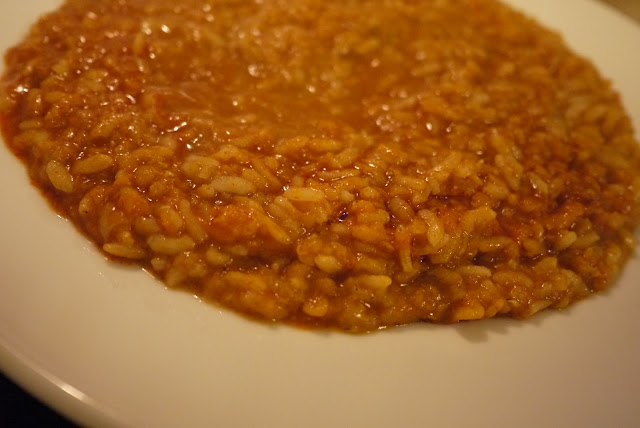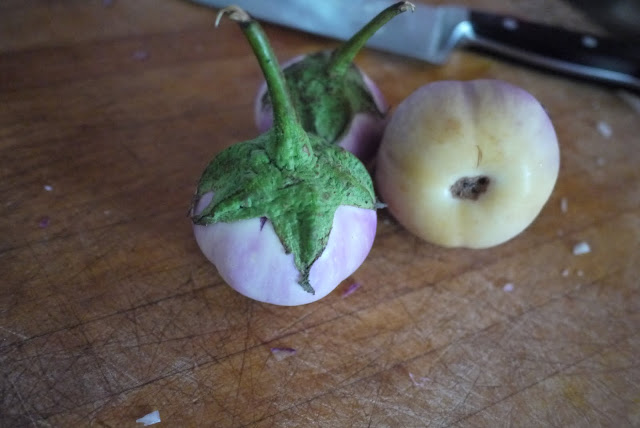Are the Korarima spice used in Ethiopian cuisine the same as the Badi Elaichi(large cardamon, बड़ी इलाइची)? The seeds resemble and there is an overlap in the aroma, but not entirely identical. I am sure I will eventually find the answer, but for now I know that the Ethiopians grind the seeds of the korarima and use in making different types of wots. The picture below shows the seeds of korarima:
In contrast, the black cardamom is mostly used in meat dishes in India as far as I know. The picture below shows the black cardomom and its seeds:
Here I compare the seeds of korarima and black cardamom, they have the same shape and size, however there is a subtle difference in aroma. My suspicion is that they are related but they are different.
Korarima(upper left), Black Cardomom from India(lower right)
















































